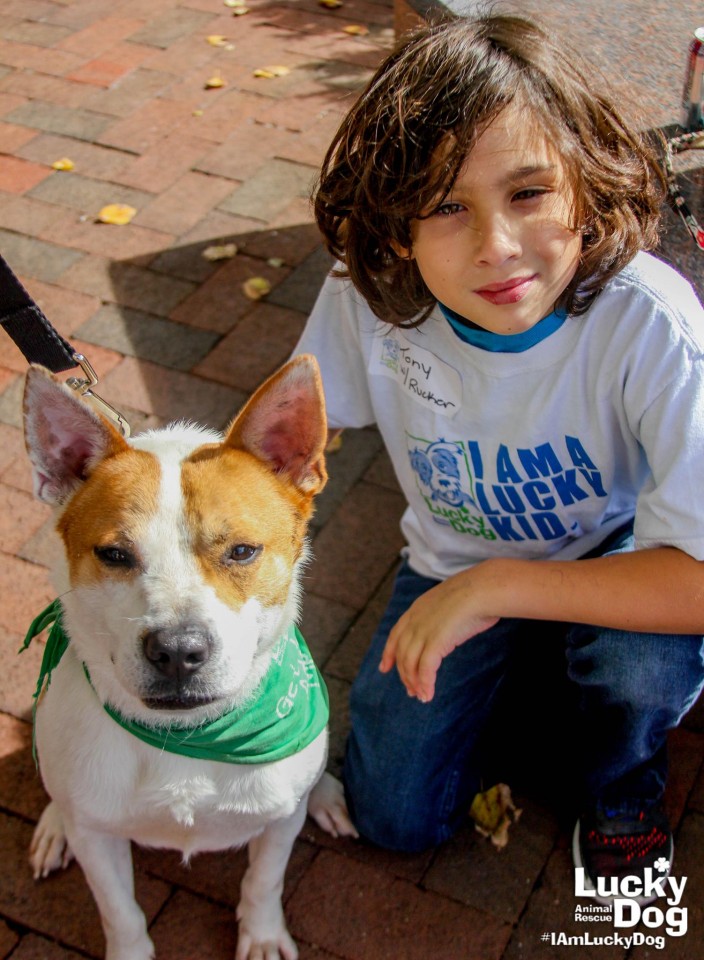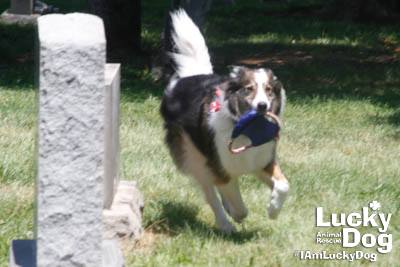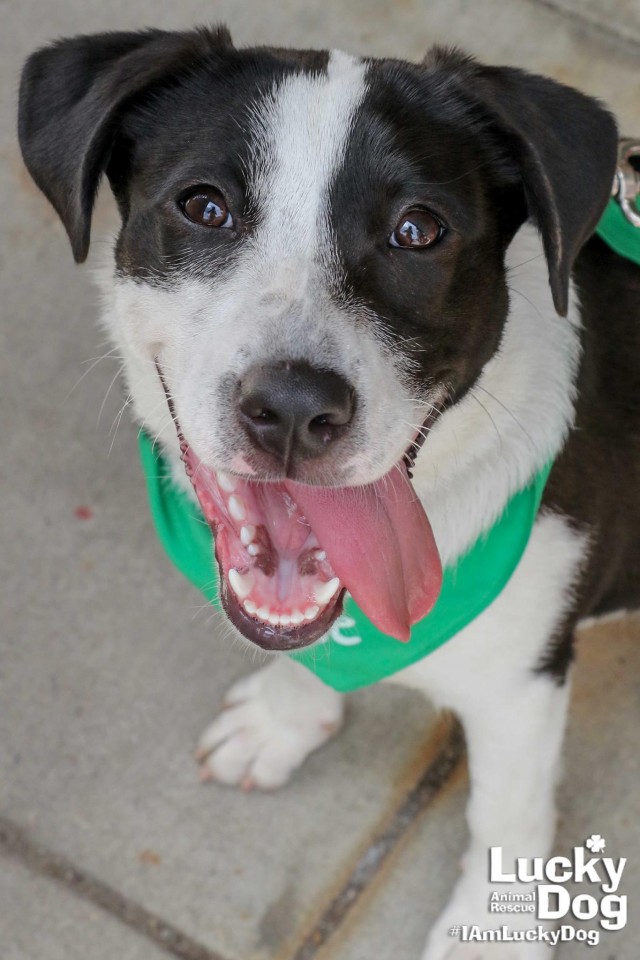How to Introduce Dogs and Children
Parents may view certain interactions between their children and their dogs as cute and assume that because their dog is tolerating the behavior now, they always will. Then, suddenly the unexpected happens and a bite has occurred. Many parents will think "It came out of nowhere." or "How could my dog do that? He's always been so loveable" When, in fact there have probably been small warning signals the entire time that we humans don't notice. Interactions such as the child sitting on the dog, grabbing the dog's ears and tail, poking and sticking their face in the dog's can make the dog feel uncomfortable and can cause defensive reactions.
Dogs communicate through body language and we humans can have a hard time reading the signs of stress. Here are indicators your dog may give should they be nervous, stressed and in need of space:
- Stiffening or freezing of the body
- Constantly lip licking
- Pupil dilation
- Whale eye (whites of the eye showing in the shap of a whale tail)
- Avoiding eye contact and turning head away
- Lip lifting
- Shift weight on 3 legs in preparation for flight
- Suddenly closing the mouth
- Growling
- Ears flat against head
Owners expect their dogs to behave like angels even when pestered to the point that would try the average person's patience. A person being annoyed this way with no escape would eventually turn and yell and even react with violence. A dog may do the same if they are not given a break or able to move away. When they need space, they may turn and bark, growl or snap. Teaching your children how to appropriately interact with dogs and teaching your dogs that they have the ability to move away is key to having a happy, relaxed and well-balanced pack.

Setting them up for success! Here are a few tips on how to prevent issues between children and dogs.
- Always supervise interactions between children and dogs to interrupt any inappropriate behavior.
- Most dogs want to eat in peace. Avoid allowing your chldren to pet the dogs or interrupt their meal times.
- Leave the dog's toys alone unless it is ready for playtime. If a dog is settled down with a toy or a bone do not allow your children to approach and take the imtem away. Same for the dog! Teach your dog to leave the children's toys alone. You can teach your dog to give up a toy voluntarily by teaching a leave it and a drop it command.
- Don't allow your child to put their face in the dog's face, crawl on the dog, or pull their ears/tails. Constant hugging can also cause a dog to become nervous. Dogs don't naturally understand that a hug is a sign of affection like it is in the human world. Teach your child how to appropriately pet and share affection wit the dog.
- Children should also avoid bugging the dog if the dog is sleeeping or in the dog's resting spots. A sleeping dog that is startled suddenly may react in a defensive manner.
- Be watchful with loud screaming or running. Running and screaming may trigger a dog's prey instincts to chase. Loud screaming can also cause some dogs to become anxious or nervous. If a dog does chase your children, teach them to stand like a tree and become "boring." Once the excitement stops, dogs will typically stop the chase.

Of course, we don't want our children to be totally separated from our dogs. We'd like to incorporate them together to help develop a bond for them to have a healthy relationship. Below are a few, fun, but controlled games for your children to play with your dog:
Fetch -- Teach your dog to fetch a ball or any toy/item. You can bring obedience patience into the game as well to make it more structured and to teach your dog to work for their toys. Obedience will also teach your dog to be patient and learn to respect when the game is over. Right before tossing the ball, teach them to sit or down for their toy, and to drop it on command when they bring the toy back.
Pet Tricks -- Roll over, play dead, sit pretty, weaving in a figure 8 and give paw are just a few fun tricks your children can teach your dog. Using treat lures and reward markers ("yes" or a clicker) you can shape a dog to perform cute and fun tricks. Tricks can help build a dog's confidence and a fun, healthy, relationship with your children.
Hide and Seek -- Teach your dog to search for yourself or yoru children. Tell your dog to sit and stay. Give your children your dog's favortie toy and allwo the kids to hide and then tell your dog to "search." Once your dog finds your children, have them give the dog the toy and encourage play.
Find it -- This game allows your dog to use their nose to search for food. This is a natural foraging behavior for dogs and can provide mental enrichment. Place treats around your home and tell your dog to find it (you may want to place them in easy locations first) and soon your dog will be a natural at searching for their food.
Agility -- Agility can help build a dog's confidence and can provide physical and mental stimulation. It can be a great sport to incorporate children into your dog's training as it is a fun way to encourage physical exercise and a strong working relationship.

Training for the dog is crucial to develop a polite, calm and respectful dog that can see both you and your children as leaders in the home. Incorporate your children into training by turning the commands into fun games. The more fun you can make training, by offering lots of praise and games, the more exciting your children and dogs will be to work. Listed below are a few basic commands you may want to practice to have a peaceful, balanced dog who knows how to interact in our human world.
- Sit until released
- Down until released
- Place command (boundary stay)
- Polite leash walking with a loose leash (following you and your children)
- Crate command
- Sit and wait for food bowl and at doorways until released
- Come when called
Overall, remember to keep interactiosn between your dog and children positive and calm. Be watchful for stressful body language in your dog that could be communicating they are uncomfortable. Dogs have personal space just like humans, so teach both your children and your dog to respect each other's needs.
Article Courtesy of Chelsea Shanline, ABCDT, On Target Dog Training
